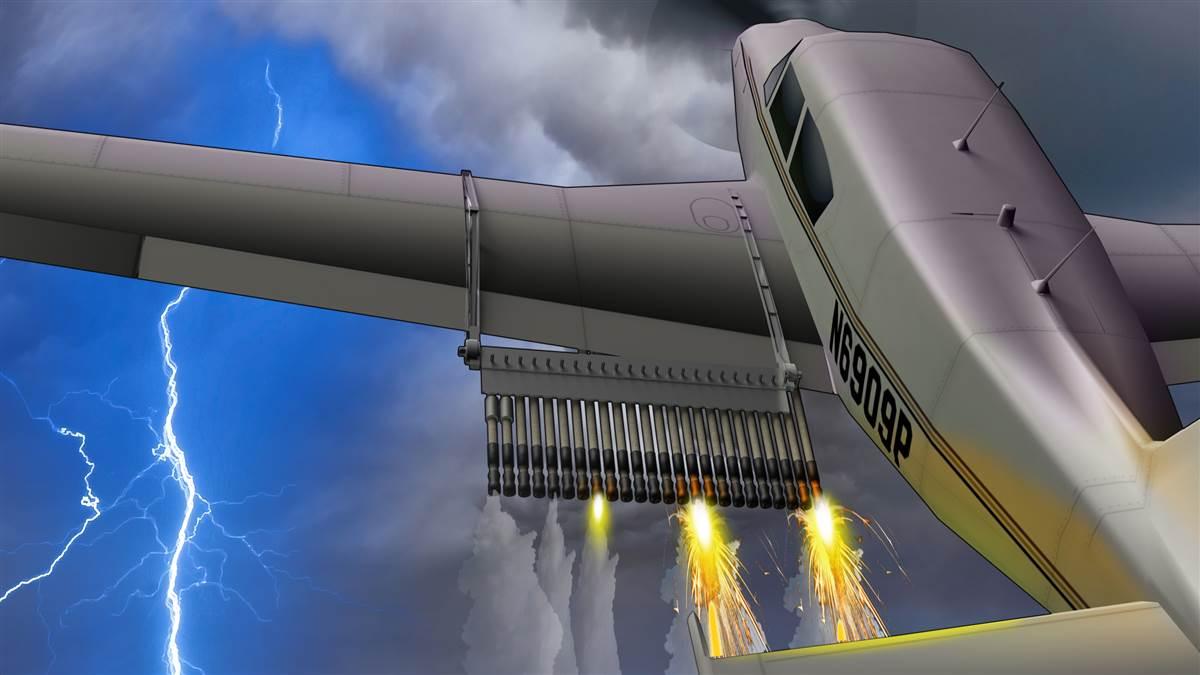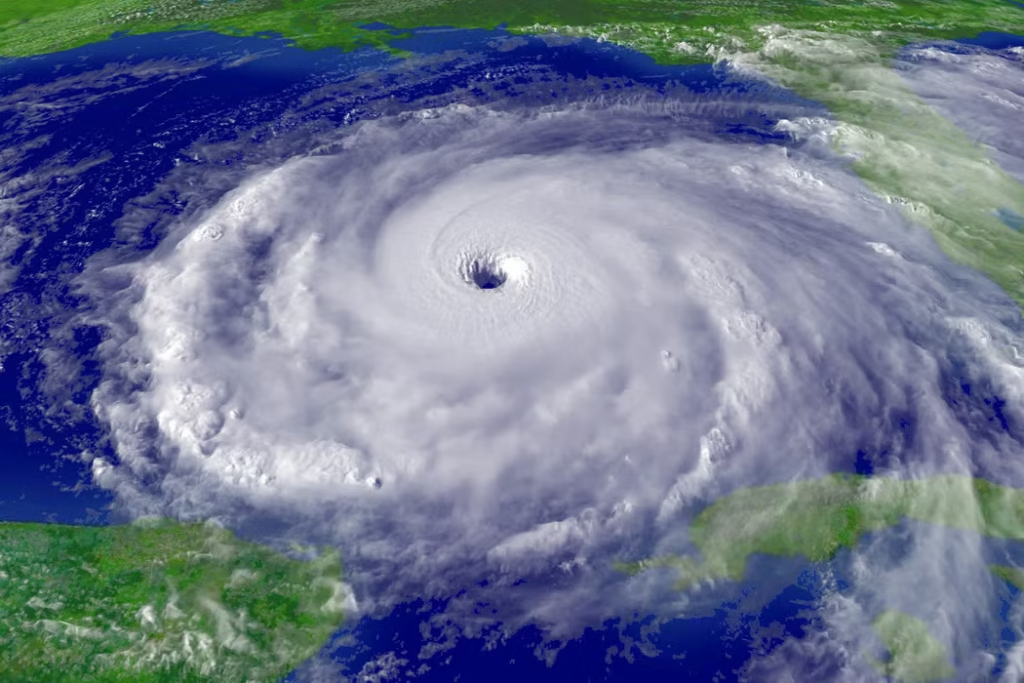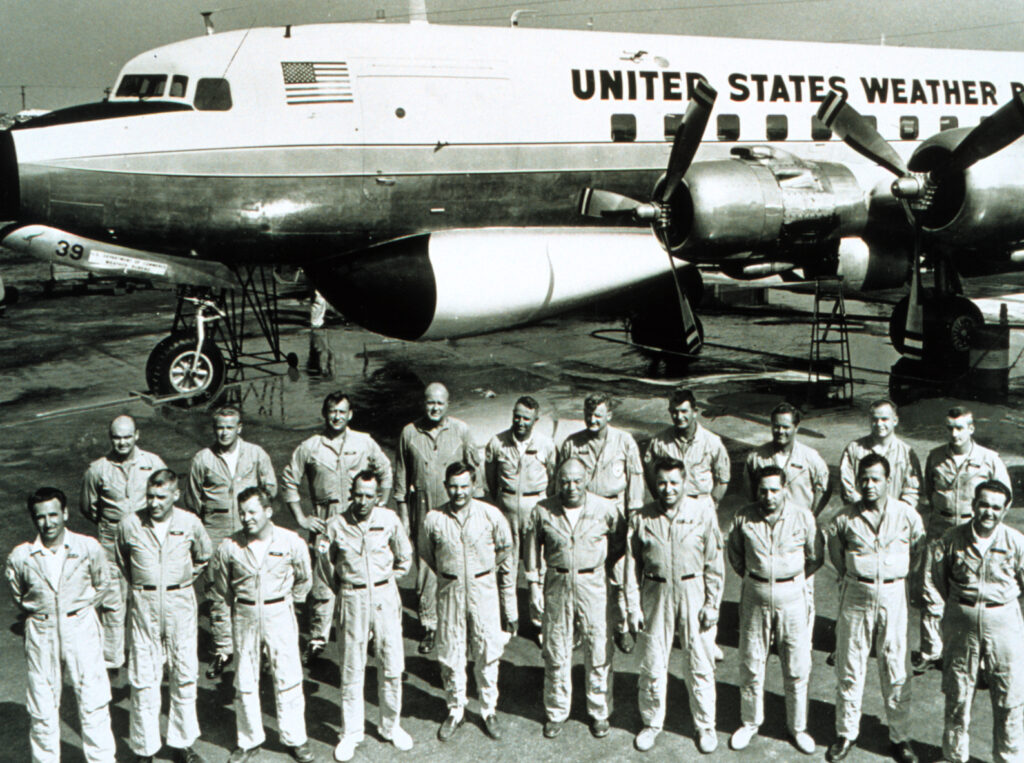“When Humans Tried to Control the Sky: 5 Bold Weather Modification Experiments”

For centuries, humans have been fascinated with the idea of controlling the weather. From ancient rituals invoking gods to modern scientific experiments, altering weather has promised to bring benefits such as drought relief, improved agriculture, and disaster prevention. But weather manipulation is a complex and often controversial endeavor. This article explores five of the most daring and notable attempts to change the weather, highlighting the science, ambition, and consequences behind each effort.
1. Cloud Seeding: The Pioneer of Weather Modification
What is it?
Cloud seeding is a technique designed to induce rainfall or snowfall by dispersing substances into clouds that encourage water droplet formation.
History & Method:
The concept of cloud seeding dates back to the late 1940s. In 1946, Vincent Schaefer, working for General Electric, discovered that dropping dry ice (solid carbon dioxide) into clouds could stimulate ice crystal formation and precipitation. Soon after, Bernard Vonnegut discovered silver iodide could serve a similar purpose. The process involves aircraft or ground-based generators releasing silver iodide or salt particles into clouds to trigger precipitation.
Applications and Impact:
Cloud seeding has been used worldwide to combat drought, enhance snowpack in mountainous regions, and reduce hail damage. Notable programs include China’s massive cloud seeding efforts during the 2008 Beijing Olympics to ensure clear skies. While many reports suggest localized success, the overall effectiveness remains debated, as natural weather variability complicates measurement.

2. Operation Popeye: Weather Warfare in Vietnam
What is it?
Operation Popeye was a covert U.S. military operation during the Vietnam War aimed at extending the monsoon season to disrupt enemy supply routes.
History & Method:
From 1967 to 1972, the U.S. Air Force conducted cloud seeding over the Ho Chi Minh Trail to increase rainfall, mudding roads and delaying troop movements. The program involved dispersing silver iodide into clouds to enhance rainfall.
Impact and Legacy:
Operation Popeye reportedly increased rainfall in targeted areas, demonstrating weather manipulation’s potential as a military tactic. However, the operation raised ethical and legal questions about the use of weather modification in warfare. It contributed to the 1977 Environmental Modification Convention (ENMOD), an international treaty banning hostile weather manipulation.
3. Project Cirrus: The Attempt to Steer Hurricanes
What is it?
Project Cirrus was one of the earliest attempts to influence hurricanes by modifying their structure.
History & Method:
In 1947, scientists led by General Electric and the U.S. Weather Bureau seeded a hurricane off the coast of Florida with dry ice. They hoped to weaken or change its path. The seeded hurricane unexpectedly changed direction and struck Savannah, Georgia, causing damage and fatalities.
Results and Controversy:
The unexpected outcome led to public fear and skepticism about manipulating such powerful storms. Although the project did not succeed in controlling hurricanes, it laid groundwork for later hurricane research and monitoring.

4. The Soviet Union’s Extensive Weather Modification Programs
What is it?
During the Cold War, the USSR undertook extensive efforts to manipulate weather for agricultural and military advantages.
History & Methods:
From the 1950s onward, Soviet scientists experimented with cloud seeding, fog dispersal, and lightning control. They seeded clouds to increase rainfall over farmlands, used chemicals to clear fog at airports, and attempted to trigger lightning strikes to prevent larger storms.
Achievements and Issues:
Some successes were reported, such as improved crop yields and clearer skies for military operations. However, many projects lacked transparency, and the environmental impacts were not well studied. The Soviet programs spurred American weather modification efforts during the Cold War.
5. Modern Geoengineering: Climate Change Intervention
What is it?
In recent decades, large-scale geoengineering proposals have emerged to counteract global warming by altering Earth’s climate systems.
Techniques:
- Solar Radiation Management (SRM): Injecting aerosols into the stratosphere to reflect sunlight and cool the planet.
- Carbon Dioxide Removal (CDR): Enhancing natural carbon sinks or using technology to extract CO2 from the atmosphere.
- Marine Cloud Brightening: Spraying sea salt particles to increase cloud reflectivity.
Status and Controversies:
While these ideas remain mostly theoretical or in early experimental stages, they have sparked debates on risks, governance, ethical concerns, and potential unintended consequences. Critics warn that geoengineering could disrupt weather patterns, harm ecosystems, or reduce the urgency of cutting emissions.

Conclusion: Humanity’s Ambition vs. Nature’s Complexity
Throughout history, daring attempts to alter the weather reflect humanity’s desire to control natural forces for safety, prosperity, or military advantage. While some methods like cloud seeding have shown localized success, others have produced unintended consequences or ethical dilemmas.
The complexity and interconnectedness of Earth’s atmosphere make weather modification a challenging and risky endeavor. As climate change intensifies and extreme weather events increase, scientific research continues into safer, more effective ways to understand and, where possible, influence weather—balancing ambition with caution.




